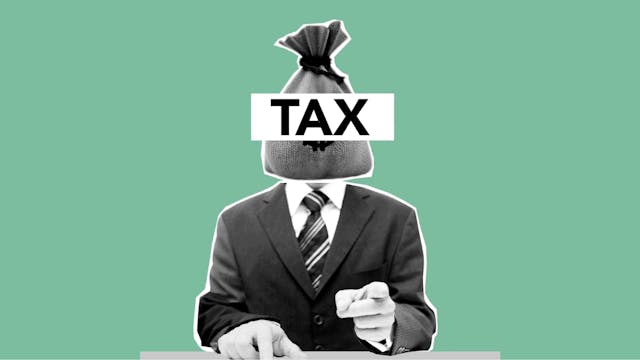When Should You Have A Tree Removed From Your Property?
Trees can undoubtedly add value and beauty to any property. There are also times when it makes sense to have trees removed. If you’re not sure if removal is the best option for your situation or something worth pursuing to improve the appearance or safety of your home or business exteriors, consider some of the reasons why removal may be the best option.
Signs of Disease
Tree diseases such as leaf rot or canker don’t necessarily mean a tree has to go. A tree specialist can evaluate the overall condition of trees to determine if strategic pruning or trimming that may help. If you’re dealing with a serious infestation like Armillaria root disease, for instance, which is found in every state, or the disease is widespread, removal makes sense. Signs of disease may include:
- Drop-off in growth on one side
- Mushrooms growing near the base
- Unexplained falling of leaves
- Unusual growth on leaves or branches
Storm Damage
Tree trimming is often all that’s necessary to deal with minor storm damage affecting trees like broken branches and limbs. If the damage is more extensive or includes a shift in the placement of trees or serious uprooting, removal may be necessary to prevent falling.

Expansive Root System
Older trees with a more substantial root system are often better prepared to handle occasional damage. Younger trees tend to be more vulnerable to uprooting from storms. Trees with large roots can cause issues with sewer systems and other underground structures, including nearby gas lines. If this is the case, it’s wise to remove trees with overgrown root systems.
Obstruction of View/Aesthetic Reasons
Some homeowners plant trees without realizing how tall or full they may eventually become when mature. As a result, views that once enhanced the value and appeal of a home may be compromised by trees that have since blocked those views. Removal can often be done in a way will preserve surrounding landscape elements. Aesthetic or practical concerns can also include:
- Consideration for nearby trees or bushes that would grow better if some nearby trees were removed
- Undesirable species that tend to attract unwanted pests
- Lack of proper spacing; larger trees should be about 20 ft. from your home and smaller ones may become crowded with too many trees around
Safety Hazard
Tree growth isn’t always controllable, especially with older trees that have been situated on a residential or commercial property for many generations. Unfortunately, some trees become problematic if located too close to utility lines that didn’t exist at the time of planting or weren’t a concern due to the initial size of the tree. Safety may also be an issues with trees that are:
- Too close to a roof
- Hollow in the middle due to rot
- Leaning more than 15-20 percent to one side or the other
Continued Decline
“Dying” trees can continue to linger for many years with limited growth. As a general rule, trees that are roughly 50 percent in decline should be removed.
Regardless of why you’re considering tree removal, it’s not something that should be a do-it-yourself project. Contact a local landscaper or tree specialist (arborist) to evaluate the tress on your proper and determine how to best remove any that are damaged or ones that need to be removed for aesthetic or safety reasons.
If you’re interested in tree trimming or stump removal try out Valley Tree Managers. They are a full service cactus, tree, and stump removal company who have been around for years!















